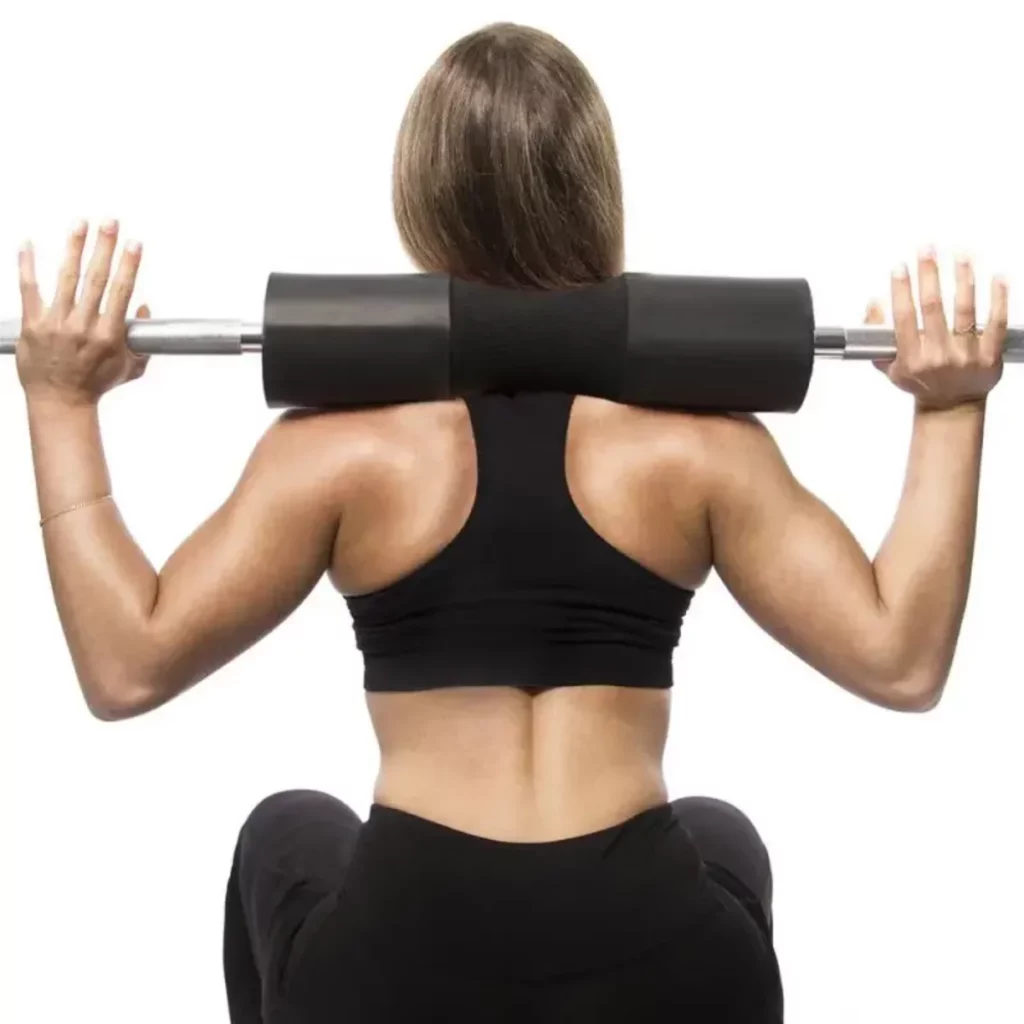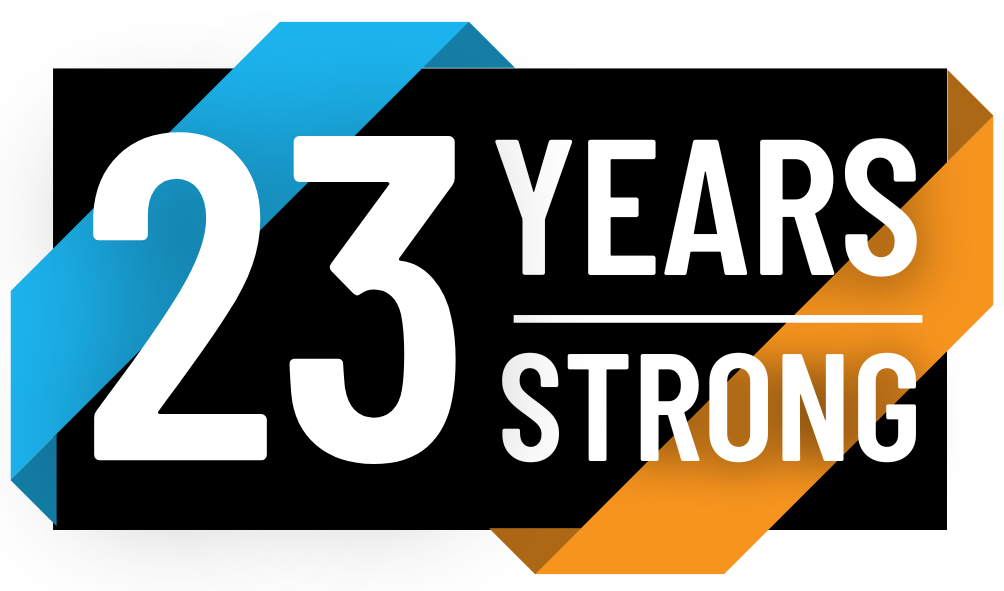
What a Bar Pad Can Be Used for in Your Workouts
A bar pad might seem like a simple accessory, but it’s an essential tool for anyone serious about strength training. Whether you’re new to lifting or a seasoned athlete, incorporating a bar pad into your workouts can enhance your comfort, form, and performance. In this article, we’ll explore how a bar pad can be used in different exercises, why it’s a great addition to your gym gear, and how it can help you maximize your results.
What Is a Bar Pad?
A bar pad is a foam or gel-filled cylindrical cushion that fits around the center of a barbell. It’s designed to provide a soft, protective layer between the barbell and your body during exercises like squats, lunges, or hip thrusts. The pad helps distribute the weight of the barbell more evenly, reducing discomfort and preventing bruising.
Bar pads are typically made from high-density foam, ensuring they remain durable even under heavy loads. Many come with Velcro straps to keep them securely attached to the bar during your workout. They are lightweight, portable, and easy to use, making them a versatile tool in any gym.
Benefits of Using a Bar Pad
Before we dive into specific exercises, it’s important to understand the key benefits of using a bar pad in your workouts:
- Enhanced Comfort: Bar pads provide a cushion that reduces pressure on the body, especially in areas prone to discomfort, like the shoulders, neck, and hips.
- Improved Form: By eliminating the discomfort caused by the bar digging into your skin, bar pads allow you to focus on proper lifting form, reducing the risk of injury.
- Increased Stability: The pad adds extra grip between the bar and your body, helping to keep the barbell stable and preventing unwanted movement during exercises.
- Protection from Bruising: Regularly lifting heavy weights can cause bruising or soreness, especially during exercises that put pressure on sensitive areas. A bar pad can prevent these issues by distributing the weight more evenly.
- Ideal for Beginners: If you’re new to strength training, a bar pad can help you feel more comfortable under the bar, making the learning process less intimidating and more enjoyable.
Exercises That Benefit from Using a Bar Pad
A bar pad is especially useful in certain exercises where the barbell comes into direct contact with your body. Here are some popular movements where a bar pad can make a significant difference:
1. Barbell Squats
The barbell squat is one of the most effective exercises for building lower body strength, but it can also be uncomfortable, especially when lifting heavy weights. Without a bar pad, the barbell can dig into your upper back or neck, causing discomfort and even pain.
Using a bar pad in squats can:
- Reduce discomfort by cushioning your traps and shoulders.
- Encourage better posture by allowing you to focus on technique without worrying about bar placement.
- Prevent bruising from the bar’s pressure, especially when increasing the weight load.
2. Hip Thrusts
Hip thrusts are excellent for targeting your glutes and building lower body strength. However, the movement requires placing a loaded barbell across your hips, which can be quite uncomfortable, particularly as you progress to heavier weights.
A bar pad can significantly enhance your hip thrust experience by:
- Cushioning the barbell, making the exercise more comfortable on your pelvis.
- Allowing you to lift heavier weights without experiencing pain from the bar pressing into your hips.
- Helping to distribute the weight evenly across your pelvis, improving balance and stability during the exercise.
3. Lunges
Lunges are a great lower-body exercise that targets the quads, hamstrings, and glutes. When performing barbell lunges, the weight of the bar resting on your shoulders can cause discomfort, especially if you’re performing multiple sets.
Using a bar pad during barbell lunges offers the following advantages:
- Reducing strain on your shoulders and neck, making the movement more comfortable.
- Allowing you to focus on your balance and proper lunging form without worrying about discomfort from the barbell.
- Enhancing stability as the pad provides extra grip on the bar.
4. Standing Calf Raises
Standing calf raises with a barbell are a great way to strengthen your calves. However, like with squats, the bar resting on your shoulders can cause unnecessary discomfort.
Adding a bar pad for standing calf raises can:
- Reduce the pressure on your shoulders and upper back.
- Allow you to focus on proper form, maximizing the activation of your calf muscles.
- Make it easier to perform the exercise with heavier weights without worrying about discomfort.
5. Good Mornings
The good morning exercise is a fantastic movement for strengthening the lower back, hamstrings, and glutes. But because this exercise involves bending forward with a loaded barbell on your shoulders, it can put a lot of pressure on your upper back and neck.
Using a bar pad for good mornings can:
- Alleviate discomfort by cushioning the bar on your back.
- Help you maintain proper form by distributing the weight more evenly.
- Reduce the risk of bruising and soreness from the barbell pressing into your upper back.
6. Zercher Squats
The Zercher squat is a unique squat variation where the barbell is held in the crook of your elbows. This movement is great for targeting the quads and upper back, but it can also be quite uncomfortable as the barbell presses against your forearms and elbows.
A bar pad can help in Zercher squats by:
- Providing cushioning in the crook of your elbows, making the movement less painful.
- Allowing you to lift heavier weights without discomfort.
- Improving stability as the bar pad prevents the barbell from digging into your arms.
Choosing the Right Bar Pad
When selecting a bar pad, it’s important to consider a few key factors to ensure you get the best product for your needs:
- Material: Look for a bar pad made from high-density foam or gel. These materials offer the best combination of comfort and durability.
- Thickness: A thicker pad will provide more cushioning, but it might also make the bar feel bulkier. Choose a thickness that provides comfort without compromising your grip on the bar.
- Fastening Mechanism: Some bar pads come with Velcro straps to secure them to the bar, while others simply slide on. Velcro straps can be helpful for keeping the pad in place, especially during heavier lifts.
- Portability: If you train at a gym, consider a lightweight and portable pad that you can easily carry in your gym bag.
Conclusion
A bar pad is a valuable addition to your workout routine, providing enhanced comfort, protection, and performance benefits during various exercises. From squats to hip thrusts and lunges, the right bar pad can help you lift heavier and stay focused on your form, all while reducing discomfort and preventing injury.
Whether you’re a beginner or an experienced lifter, incorporating a bar pad into your strength training routine can make a significant difference in your overall workout experience. If you’re looking to maximize comfort and performance, investing in a high-quality bar pad is well worth it.

